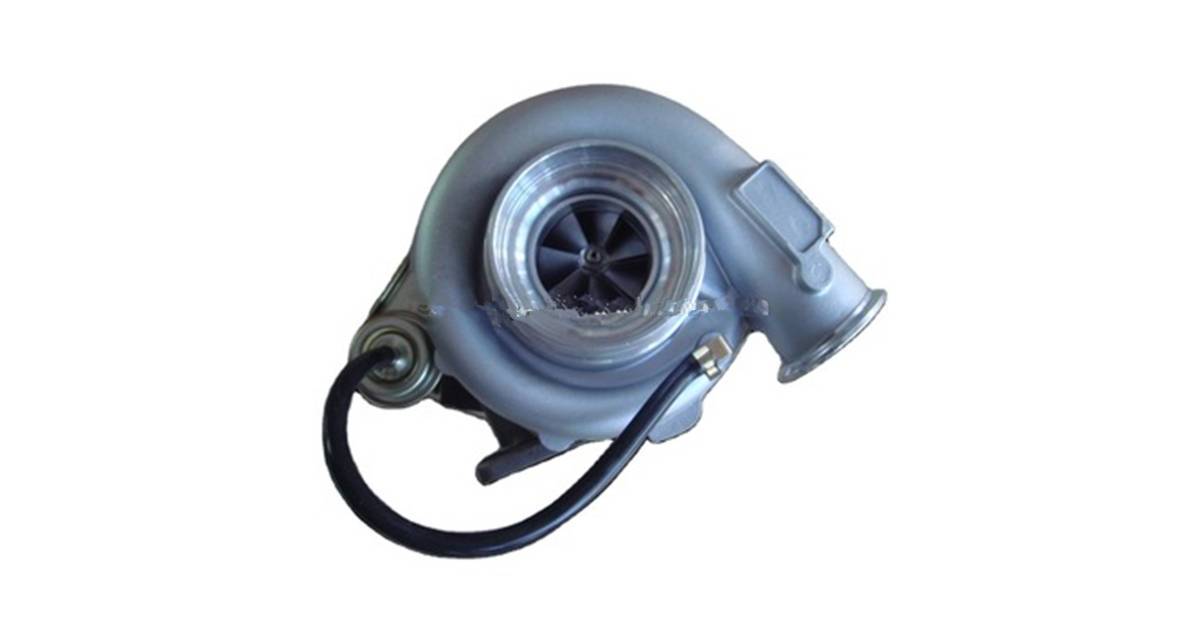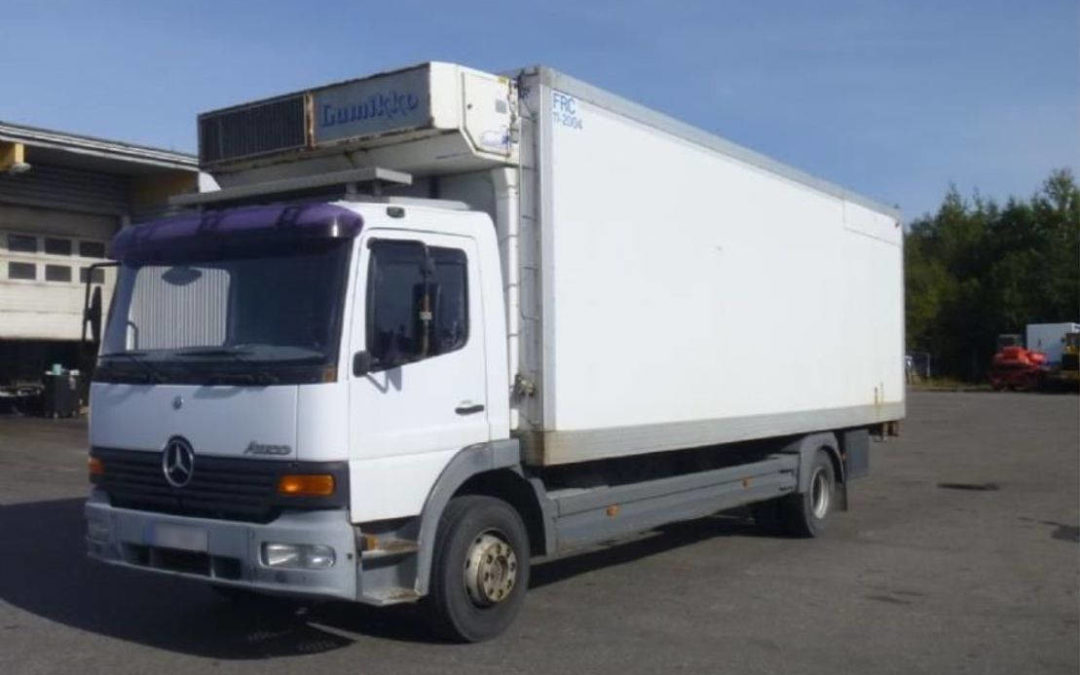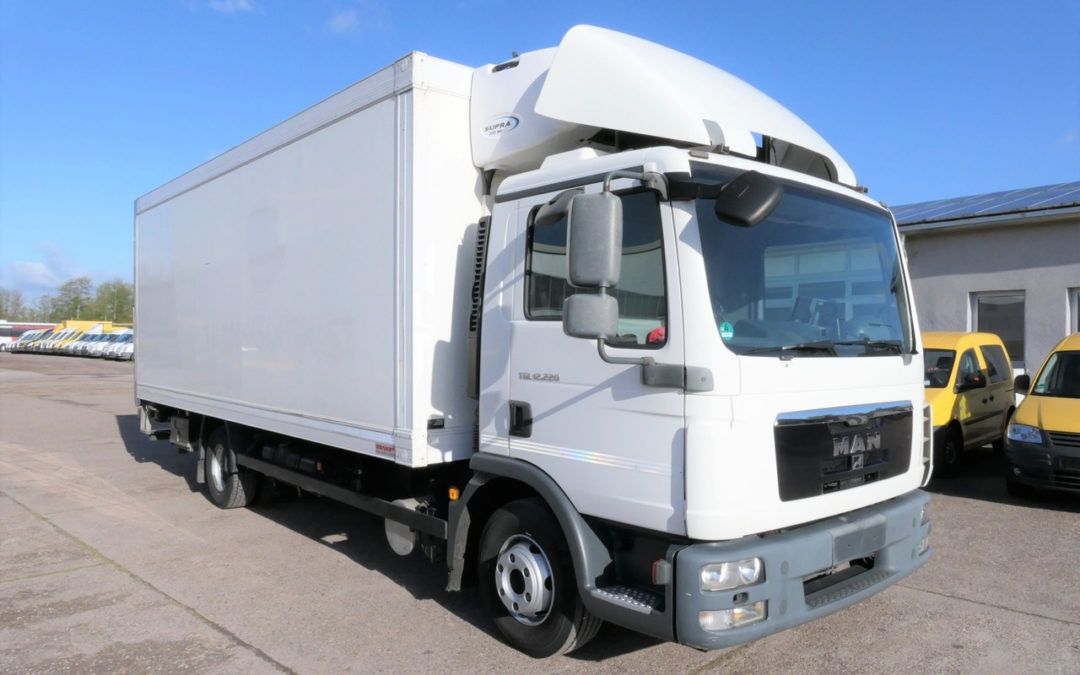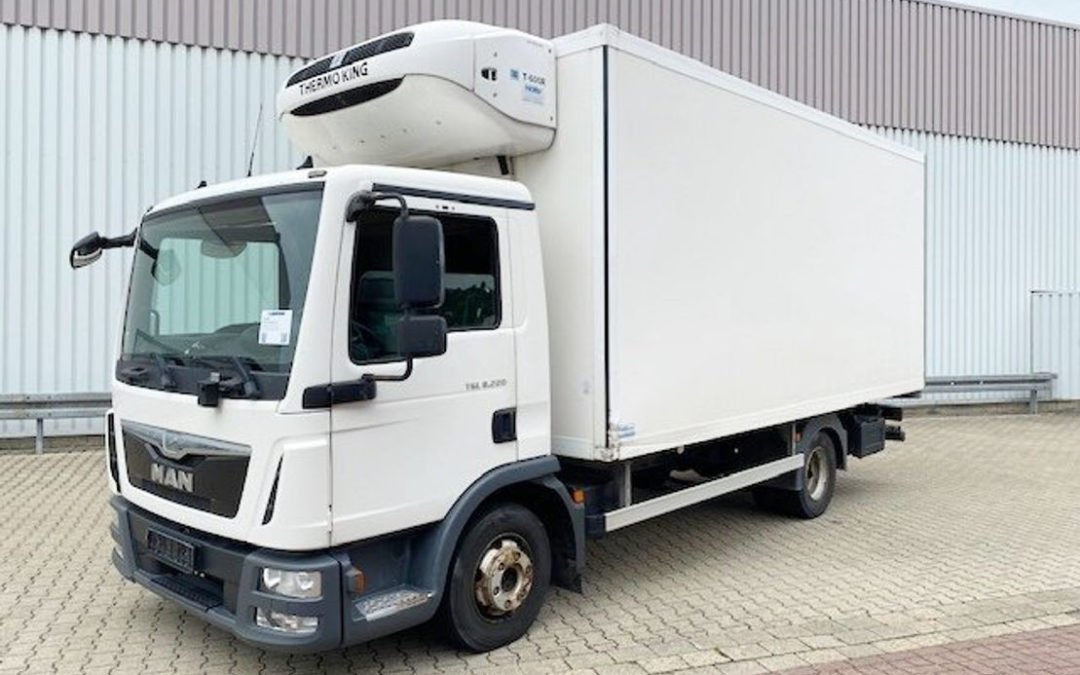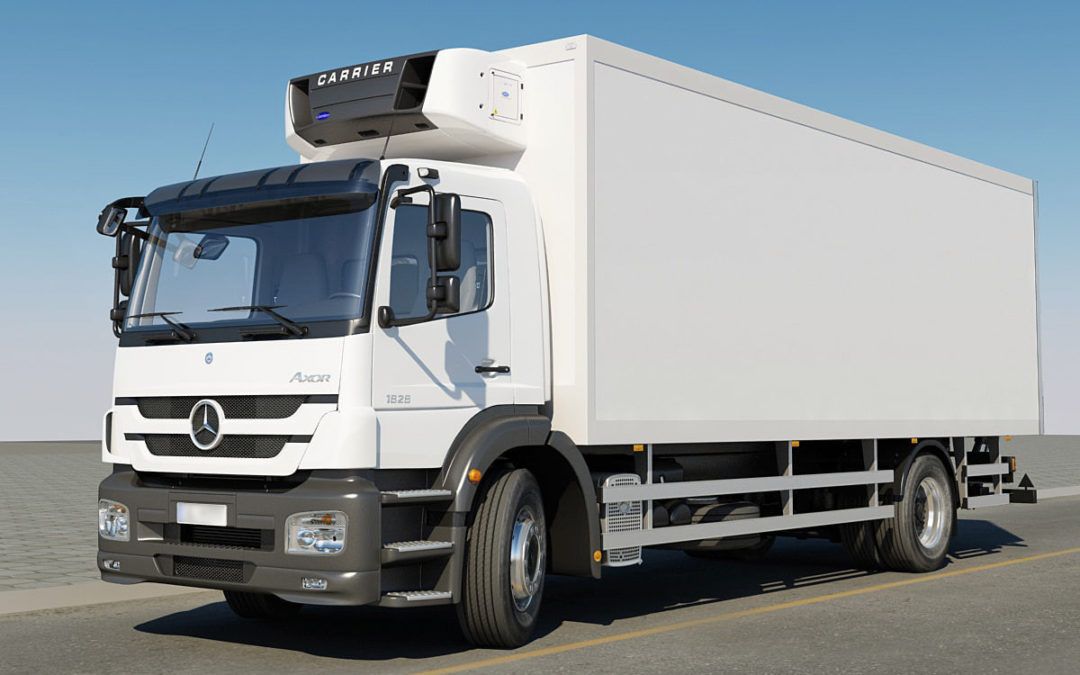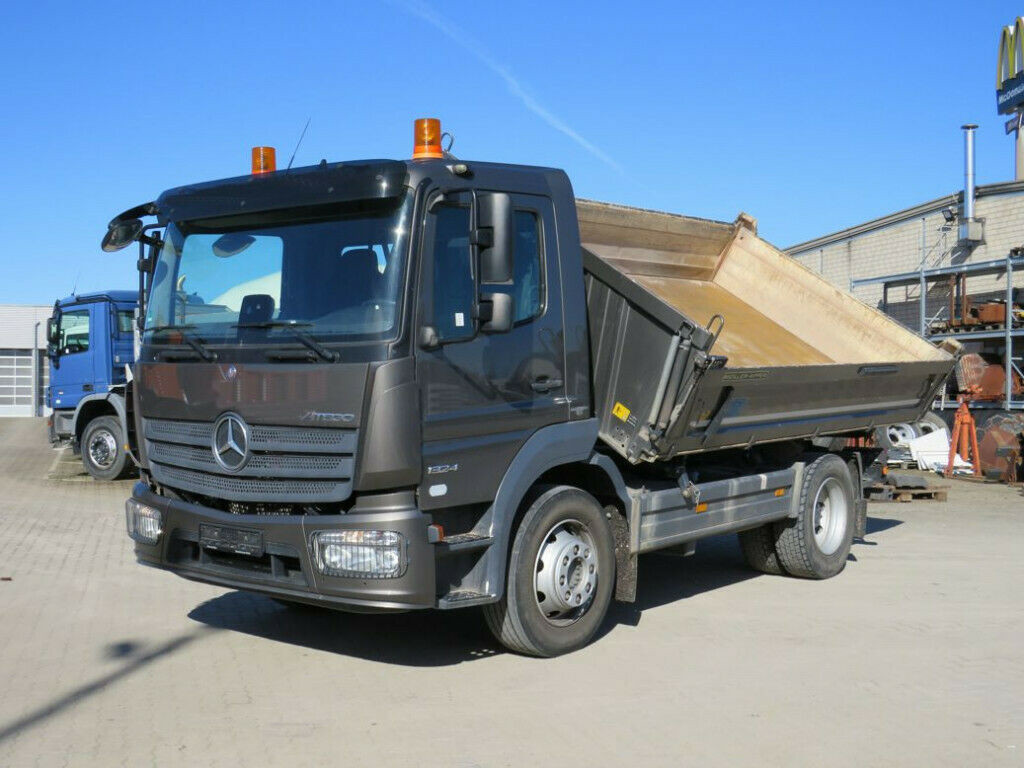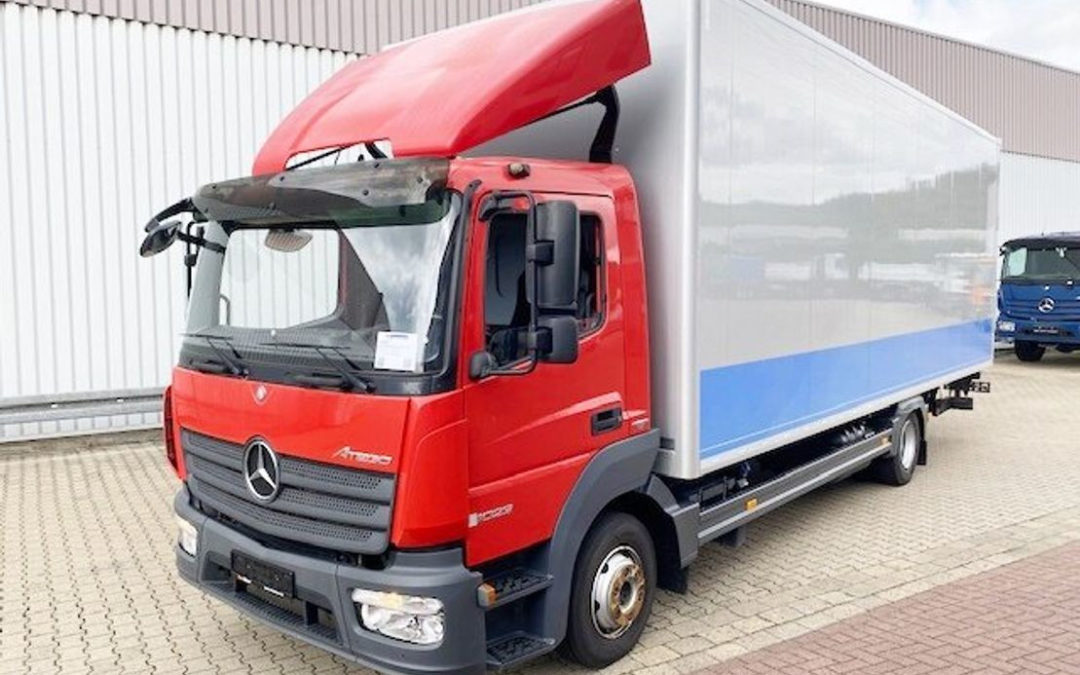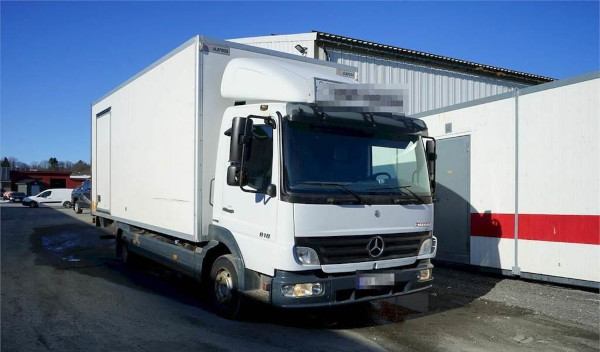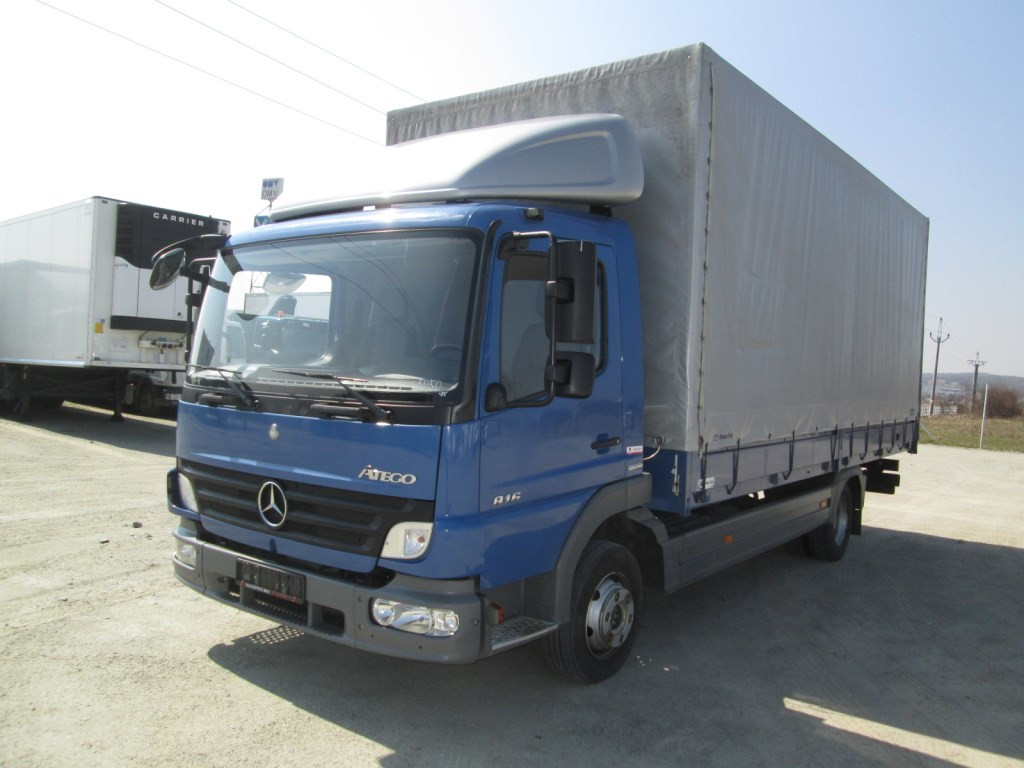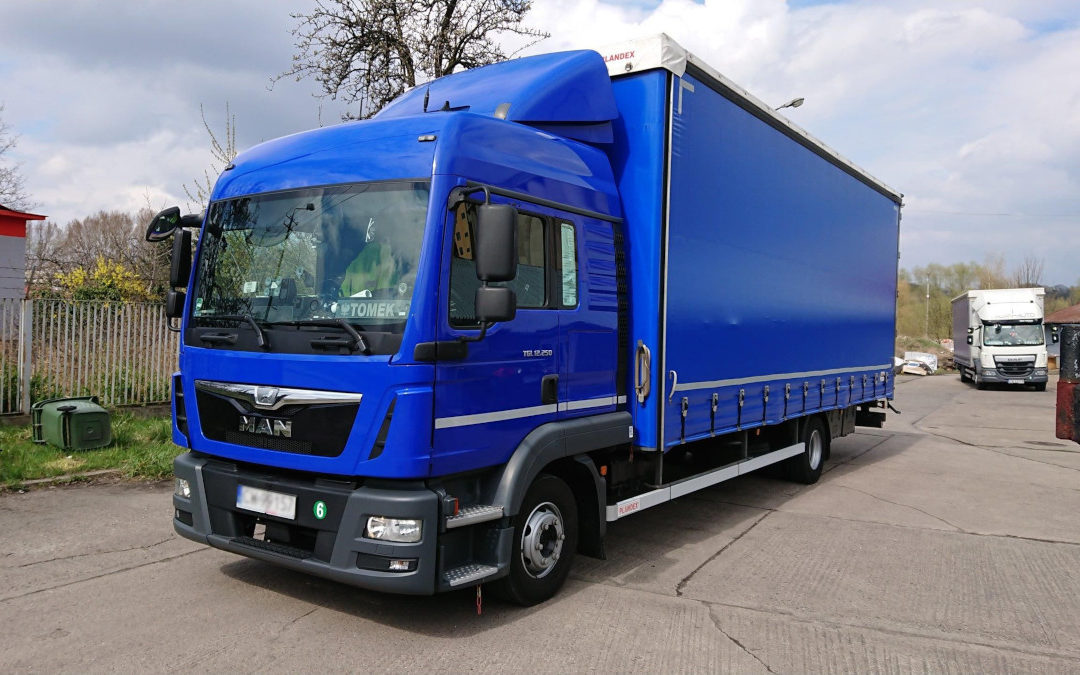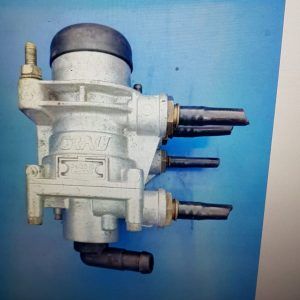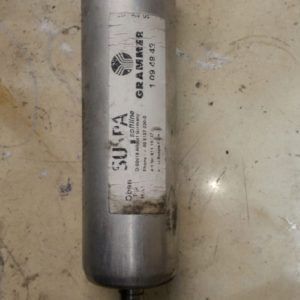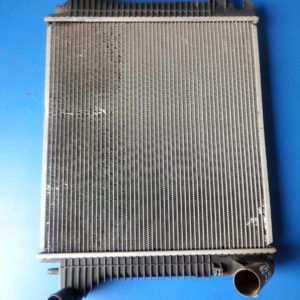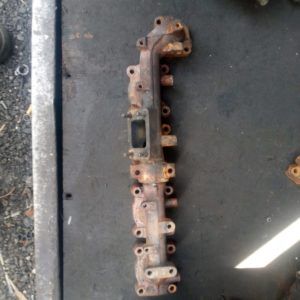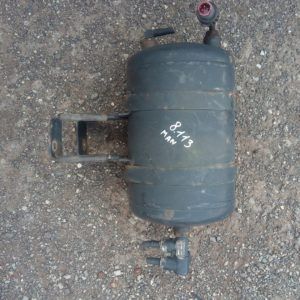In 2014, MAN introduced a new range of D3876 drive units. Thus replacing the previous version of D2869. The new engine series has a much wider range of solutions that make them one of the most modern drive units on the market. How is this possible? Well, the heart of the D3876LF version is a 6-cylinder engine with two turbochargers.
Two-stage turbocharger system – innovative solution
The aforementioned engine is supported by two turbochargers operating in a two-stage system, which are the work of Garrett. Gt3782D high pressure and low pressure GT4708S turbocharger, which together generate up to 640 hp and 3000 Nm of torque even at 1800 rpm engine speeds.
The extension of the life and reliability of the engine is possible thanks to the use of two turbochargers, which bring the benefits of spreading the loads over two devices. The first is characterized by an interesting and never before seen solution, which consists in the position of the engine brake flaps in front of the turbocharger instead of behind it. The principle of brake operation has not changed at all. It is still about creating a sufficiently high pressure in the exhaust system, the task of which is to slow down the operation of the engine. However, the new solution used is much more efficient.
Benefits of the new MAN solution
As you know, the position of the brake flaps from the point of view of the turbocharger is of great importance. If the brake flap is located behind the turbocharger, the exhaust pressure may have caused the turbine wheel to load too much. This, in turn, could lead to a decrease in the stability of the entire device. It is for this reason that Garrett’s employees, together with those responsible for the design of the MAN engine, have designed a solution that significantly minimizes the problems we have mentioned. The brake flaps are designed to work in both the exhaust manicurrent and both channels of the turbocharger body. All this thanks to the precise control of the pneumatic valve supervised by the FFR computer. This solution allows for higher braking moments of up to 600 kW.
The reason why designers and engineers work every day to increase the efficiency, efficiency and reliability of structures is not only the increasing restrictions related to ecology and the environment, but also the ever-increasing expectations of drivers.

